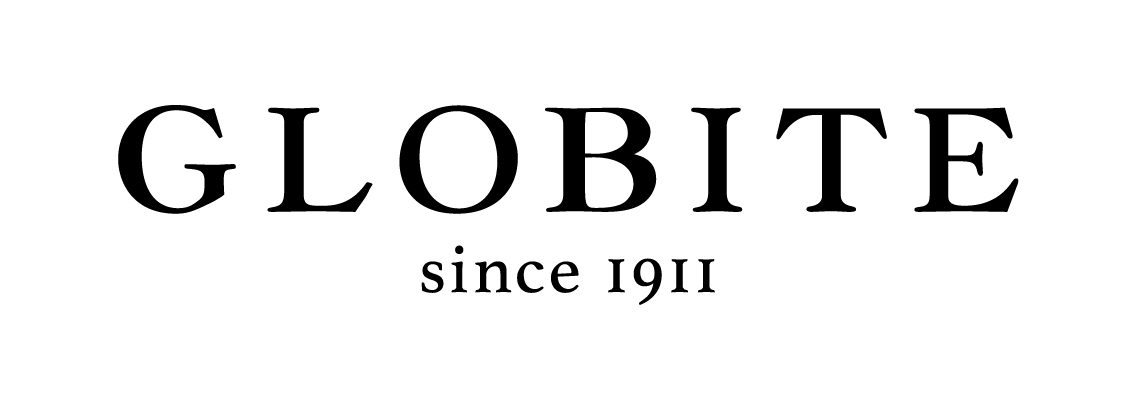
Not sure what you can bring in your carry-on?
It’s easy to assume everyday items are fine—until airport security says otherwise. One wrong move and your favourite face mist, souvenir pocket knife, or even your protein powder could be confiscated.
To save you stress (and avoid awkward bin moments at the scanner), here’s a clear guide to essentially what you can’t bring in your carry-on luggage and how to pack smart for your next flight.
The Basics: What Counts as Carry-On?
Carry-on luggage includes small bags like backpacks as well as totes, or cabin-sized suitcases that fit in the overhead locker or under the seat in front of you.
Most Australian airlines allow 7–10kg in weight, but size and limits vary:
-
Qantas: Up to 14kg total (two pieces max)
-
Jetstar & Virgin Australia: Typically 7kg total
Domestic flights are generally more flexible, while international routes strictly enforce liquid limits and weight. Always check your airline’s rules before packing.

Banned Items: What You Absolutely Can’t Bring Onboard
Some items are strictly prohibited in your carry-on for safety and security reasons.
Sharp Objects: Includes knives, box cutters, and scissors with blades longer than 6cm. Even small tools can be confiscated.
Weapons and Replica Weapons: Firearms, martial arts equipment, and even realistic-looking toy guns are banned from the cabin.
Explosive or Flammable Items: Fireworks, gas canisters, and non-toiletry aerosols (like spray paint) pose a fire risk and aren’t allowed.
Toxic or Corrosive Substances: This covers dangerous chemicals like bleach, strong cleaning products, and certain lithium batteries not packed correctly.
Restricted Items: What You Can Bring, But With Conditions
Some items are allowed in your carry-on but come with strict rules—especially on international flights.
Liquids, Aerosols and Gels (LAGs)
Each container must be 100ml or less and all must fit into a single, clear resealable bag (no larger than 1 litre). This applies to toiletries, drinks, and cosmetics when flying internationally.
Medications & Medical Devices
Prescription medicines, syringes, and essential medical equipment are permitted, but you may need a doctor’s letter or proof. Always declare needles at security.
Baby Products
You can bring baby formula, food, wipes, and nappies, but only what’s needed for the duration of the flight. These don’t need to follow the liquid restrictions.

Surprising Things You Didn’t Know Were Banned
-
Tools (wrenches, pliers).
-
Sporting equipment (golf clubs, bats).
-
Self-defence sprays.
-
Some powders (inorganic, over 350ml for international).
What Happens if You Pack a Banned Item?
If you accidentally pack a prohibited item in your carry-on, it will likely be confiscated at the security checkpoint. Security staff may ask you to open your bag, explain the item, and in some cases, complete a declaration.
Depending on the item, you may face delays, be asked to discard it, or—if it’s not outright illegal—be given the option to check it in instead (if there’s time). Serious breaches, like attempting to bring weapons or dangerous goods, can result in fines or further questioning.
To avoid unnecessary stress, double-check your bag before heading to the airport.
Handy Tips Before You Fly
-
Check your airline’s rules—they can vary by route and fare.
-
Arrive early to allow time for security screening.
-
Use a clear bag for liquids if flying internationally.
-
Declare unusual items like medical gear or baby supplies to avoid delays.










